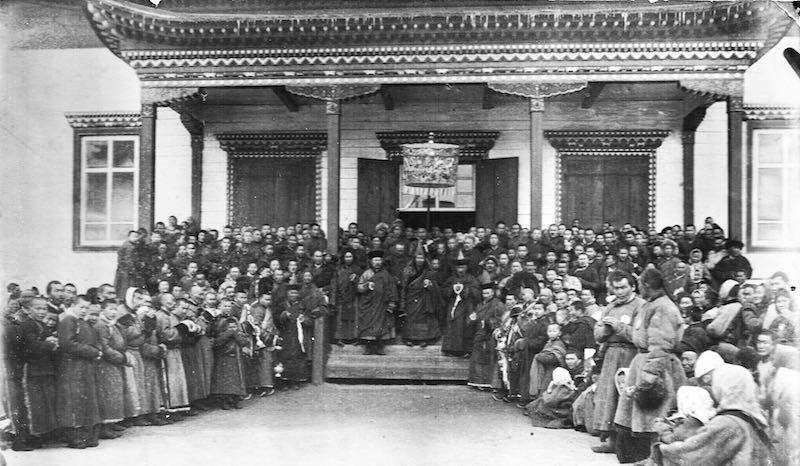
From Lamaism to Buddhism. The Rise of Modernity in the Mongolian Sangha of Russia, late 19th - early 20th c.
It is generally accepted that the early history of Buddhist modernism is largely connected with the regions of Asia that experienced prolonged European colonization (Ceylon) or earlier than others embarked on the path of reforms along the European model (Japan). In my presentation, I will demonstrate how the late 19th-century Mongolian-speaking Buddhists of the Russian Empire began to develop modernist ideas in response to vigorous attacks from Orthodox Christian missionaries. In order to do this, I analyze the history of the concepts "Lamaism" and "Buddhism", which entered the vocabulary of European academic scholars and missionaries. If the first term was traditionally used to stigmatize Tibeto-Mongolian Buddhism, the second referred to the pan-Asian translocal phenomenon. From the mid-19th c. the Orthodox polemicists began to increasingly use the term Buddhism, demanding the normalization of the Mongolian sangha of Russia. This criticism had a profound effect on the Buryat lamas, who began to call for intra-communal reforms in the spirit of Buddhist modernism. They attempted to establish ties with fellow believers in South Asia and exported the reconsidered vision of their religion to the neighboring Mongolia.
